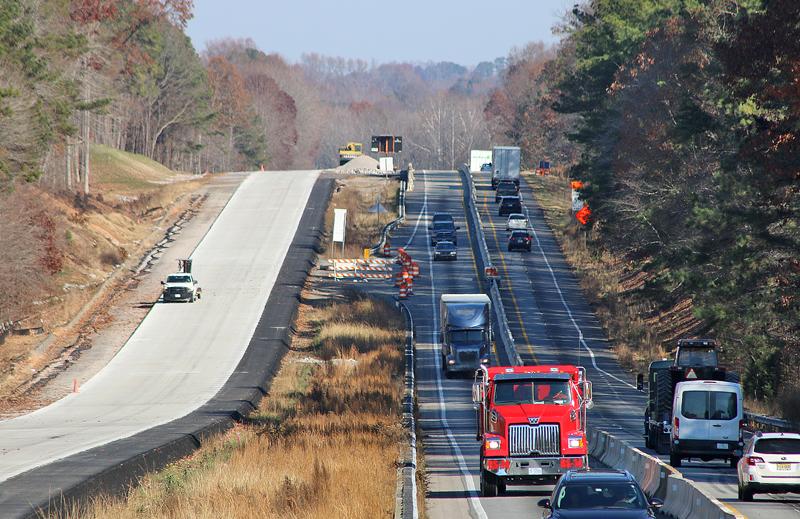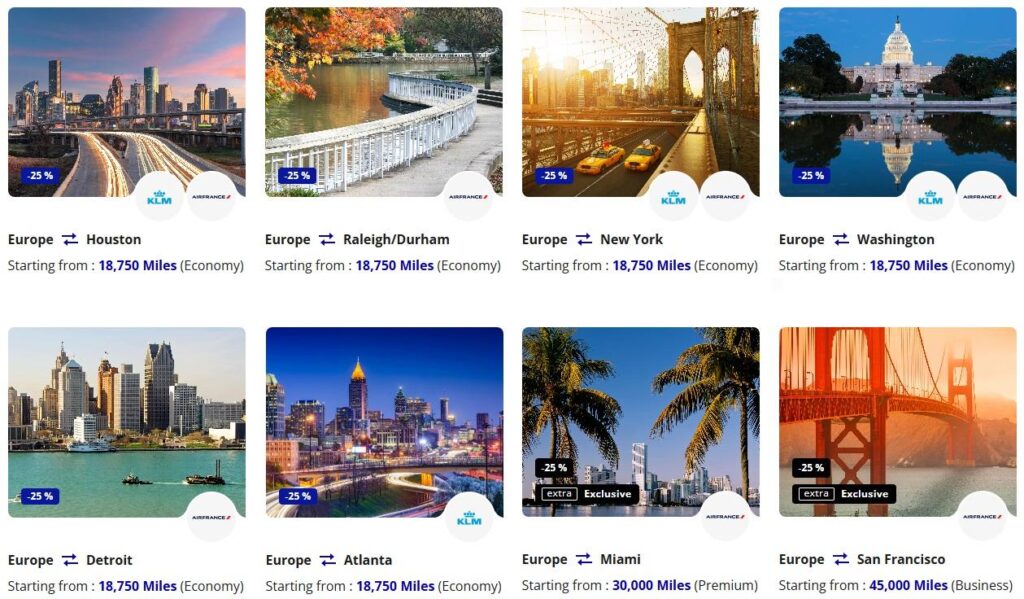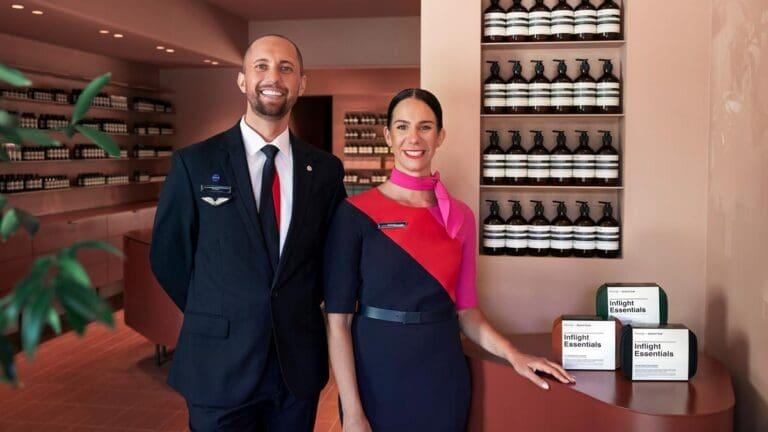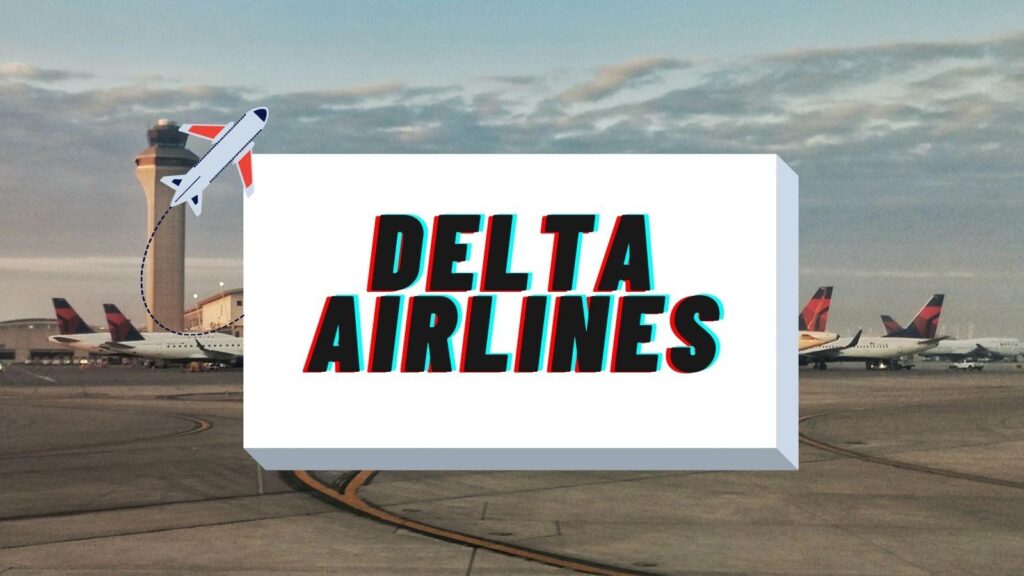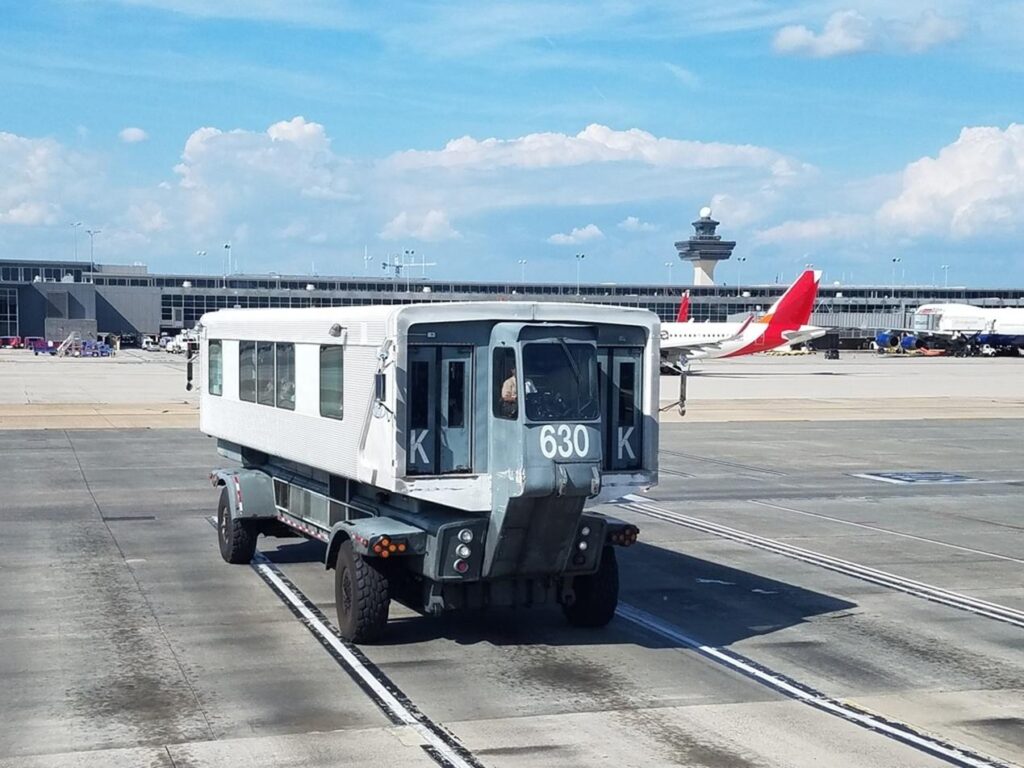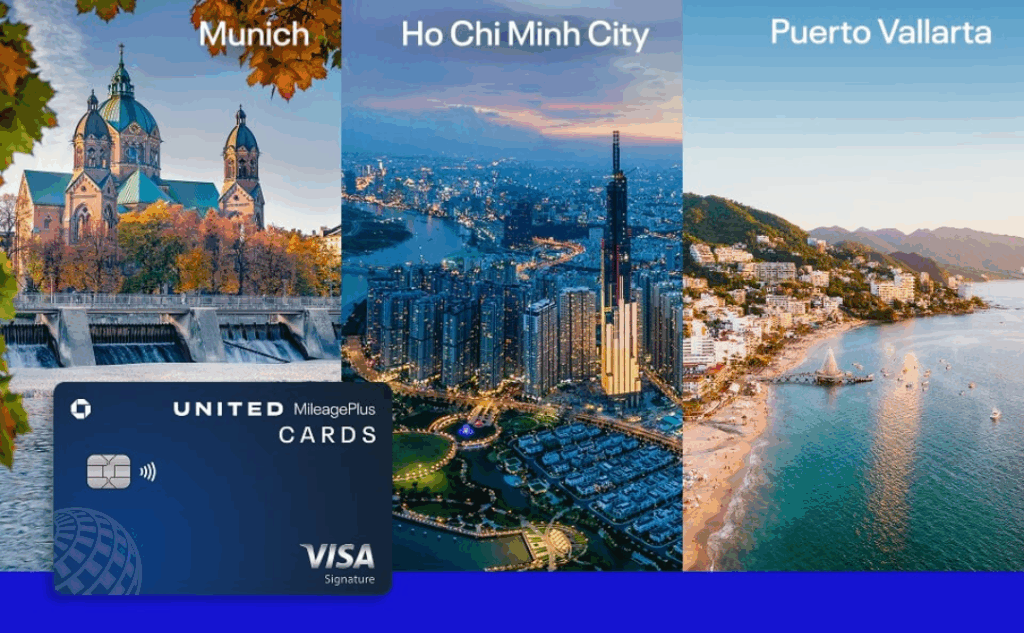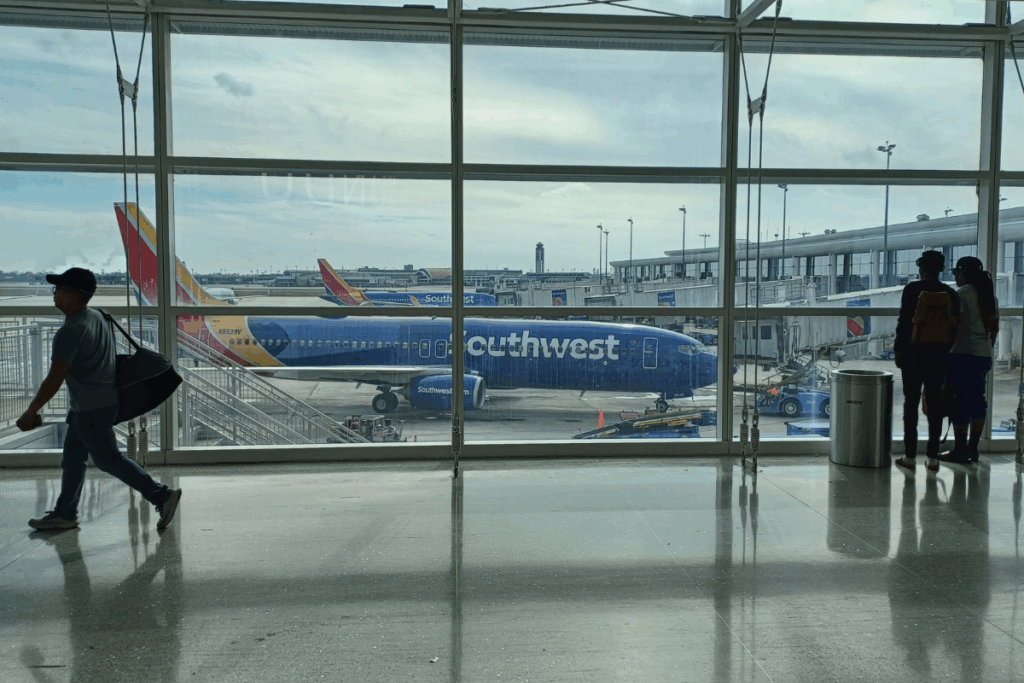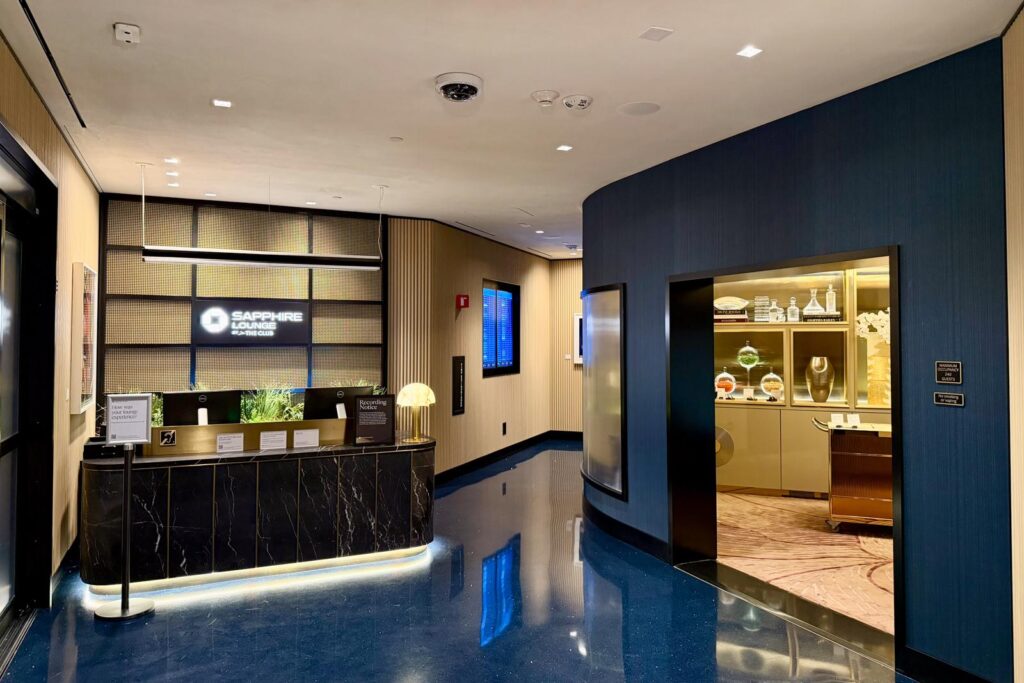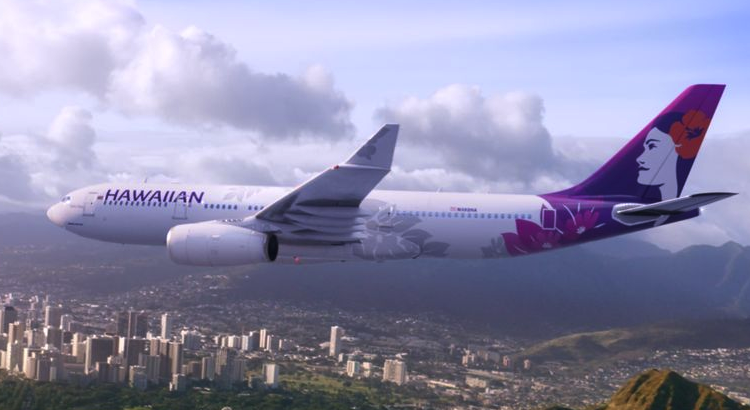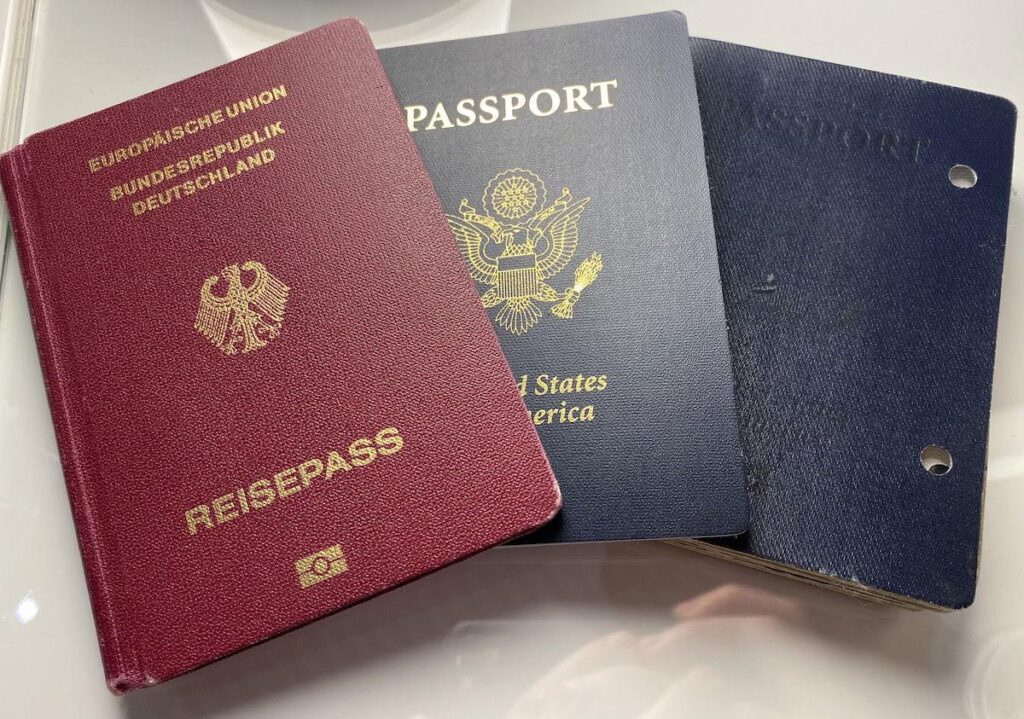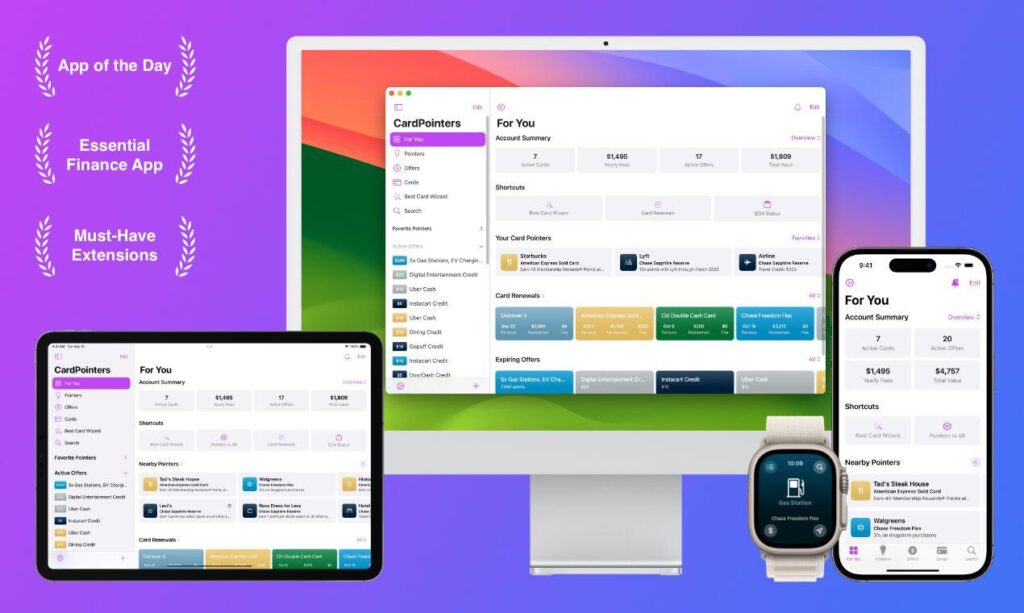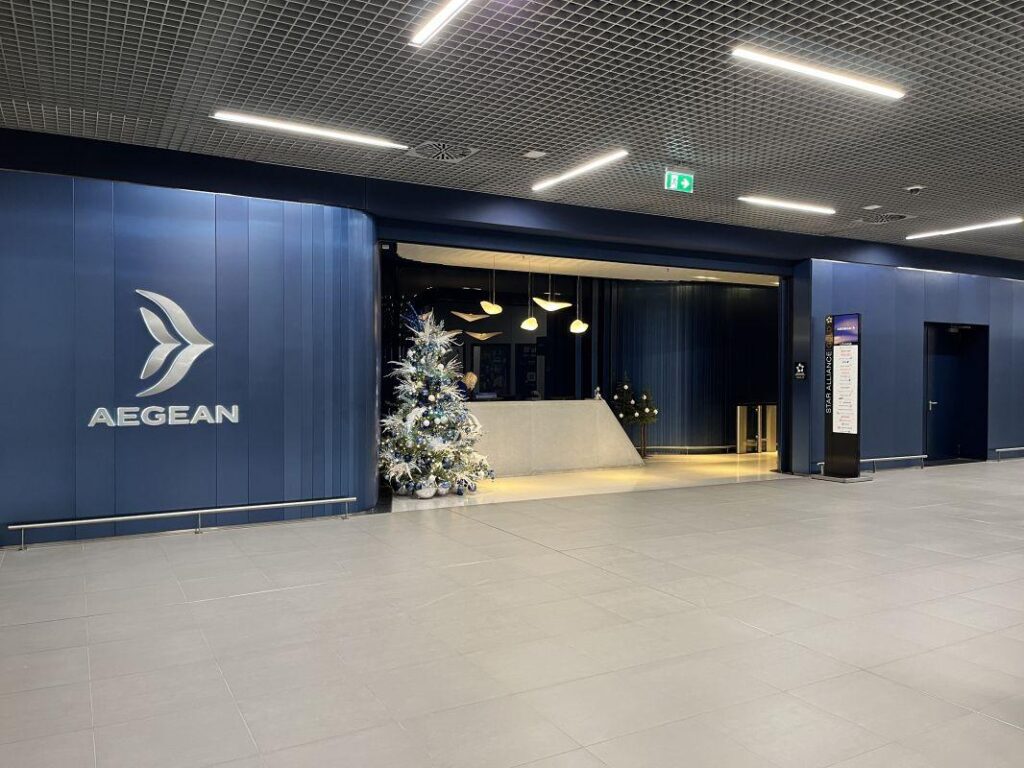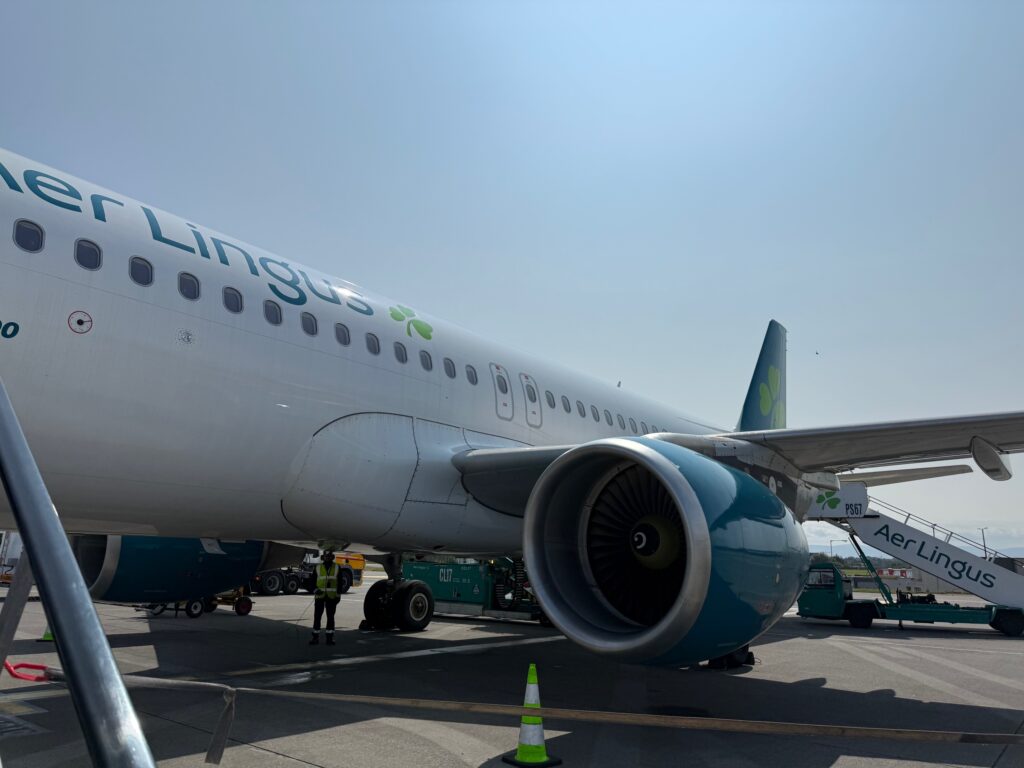
Delta’s Free Wi-Fi Revolution Takes Flight
I’ve observed that Delta Air Lines is pushing the boundaries of in-flight connectivity with a plan to roll out free Wi-Fi on virtually all routes by the end of 2025. With the help of partners like T-Mobile, Viasat, and Hughes Ka-band, even international travelers can look forward to high-speed connections that transform what used to be idle flight time into an invaluable opportunity to work, play, and stay connected. According to a 2024 industry survey from the Airline Connectivity Forum, over 90% of travelers reported that reliable Wi-Fi significantly affects their airline choice, and it looks like Delta is listening.
The Rollout of Global Free Wi-Fi
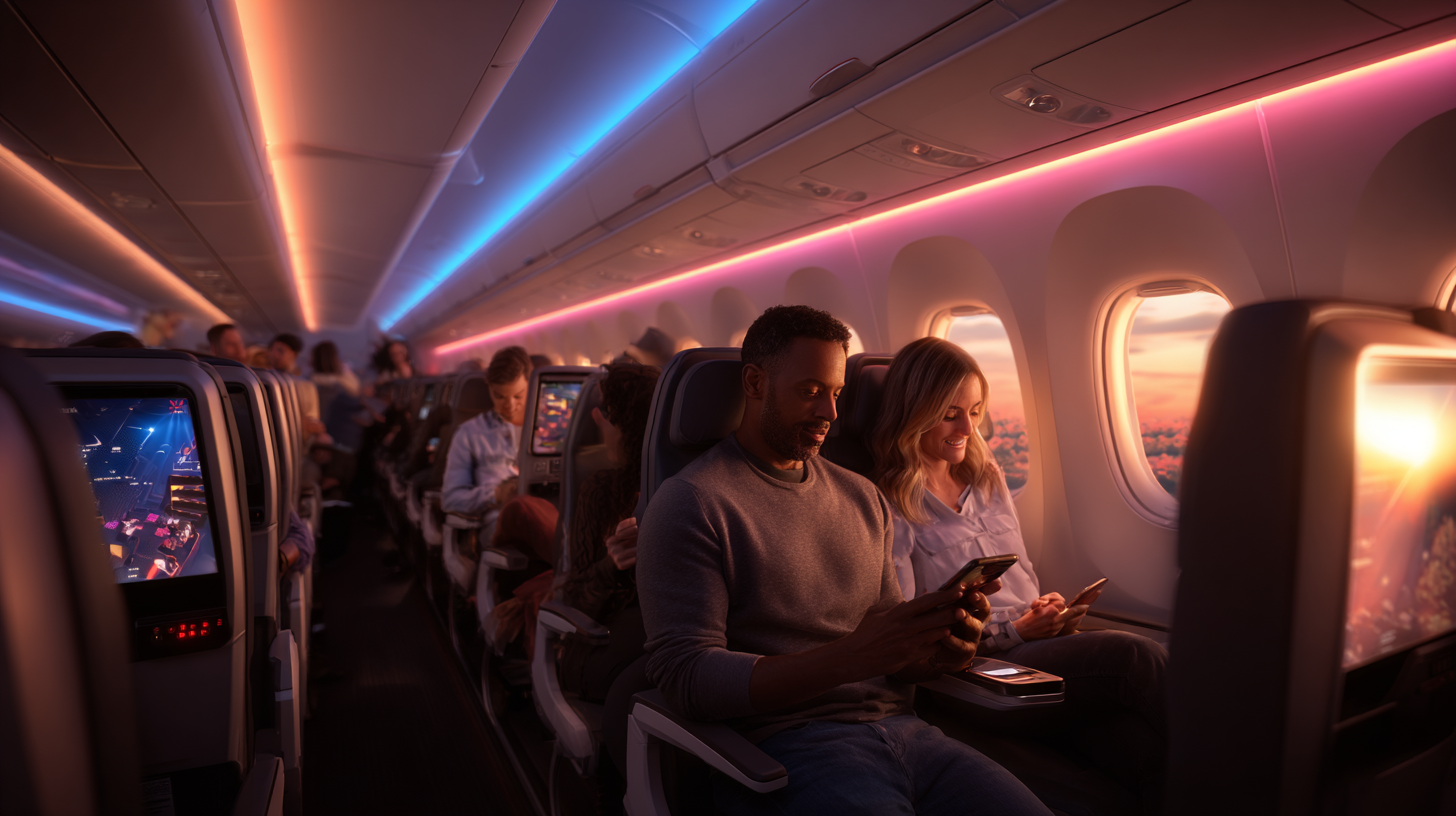
Delta’s complimentary Wi-Fi offering, already available on most of its domestic mainline flights, is expanding quickly to transatlantic routes connecting Europe, West Africa, and Israel, with South America set to benefit next. In my own experience observing airline tech rollouts, connectivity issues can crop up on polar or older long-haul routes, and early adopters of Delta’s global Wi-Fi report some patchy service up north. Still, the airline remains confident that its entire fleet will be fully equipped for seamless connectivity by late 2025 or early 2026. Their ambition is clear: empower every traveler with the same kind of high-speed internet they enjoy on the ground.
I’ve chatted with frequent international flyers who often rely on in-flight Wi-Fi to maintain contact with important clients or family. For these passengers, Delta’s commitment to strengthening global internet coverage has been a welcome development. According to data from FlightGlobal, Delta currently operates one of the most geographically diverse fleets, so ensuring consistent connectivity can be a monumental task—yet they seem determined to deliver.
Upgrades for Domestic and Regional Fleets
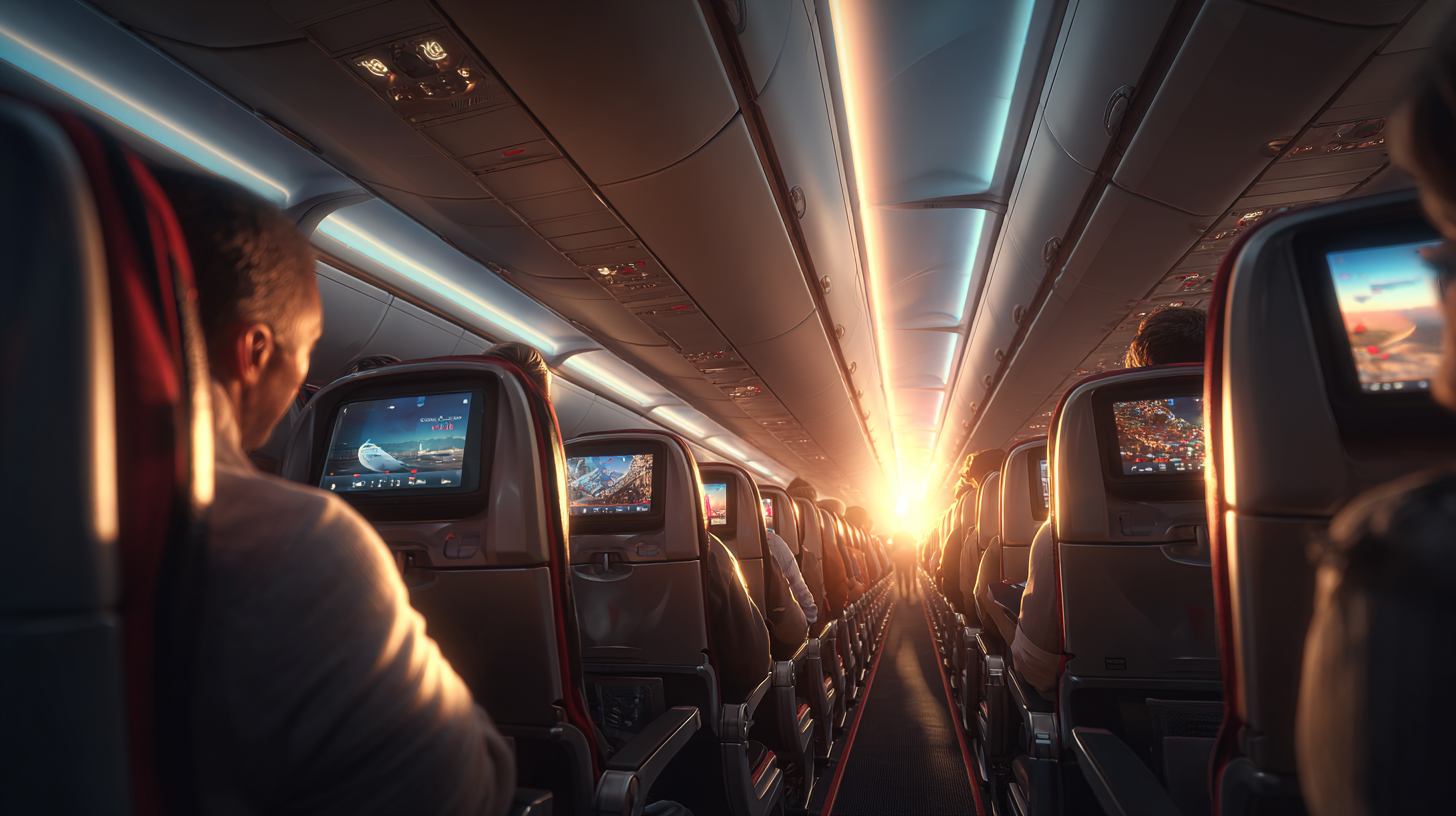
Smaller regional jets from the CRJ‐700 family are in line to receive free Wi-Fi powered by Hughes Ka-band, a system well-known for delivering streaming-quality speeds. I’ve personally tested Hughes Ka-band connections on other airlines and found it surprisingly stable, even in smaller cabins. Meanwhile, Delta is in the process of retrofitting Boeing 717s and various Airbus models, ensuring that passengers can catch up on emails or stream their favorite shows no matter which route they fly.
For domestic flyers, these upgrades come as a relief. There’s nothing more frustrating than planning to get some work done on a short flight, only to find that the Wi-Fi is too slow or nonexistent. Industry data from 2023 suggested about 70% of travelers use onboard Wi-Fi primarily for productivity, so Delta’s enhancements could dramatically improve the overall passenger experience. The airline acknowledged a few setbacks in the installation schedule, but it’s evident they’re committed to forging forward, even if that means juggling multiple technology vendors and hardware modifications.
In practice, these upgrades translate into smoother streaming and more robust web browsing. Passengers have noted improvements in speed tests, with streaming apps like Netflix or Hulu running nearly as smoothly as they would on home broadband. For many of us who have found ourselves on the road (or in the air) more often than not, these tech enhancements can make a world of difference in staying connected and entertained.
Exclusive Tech Partnerships
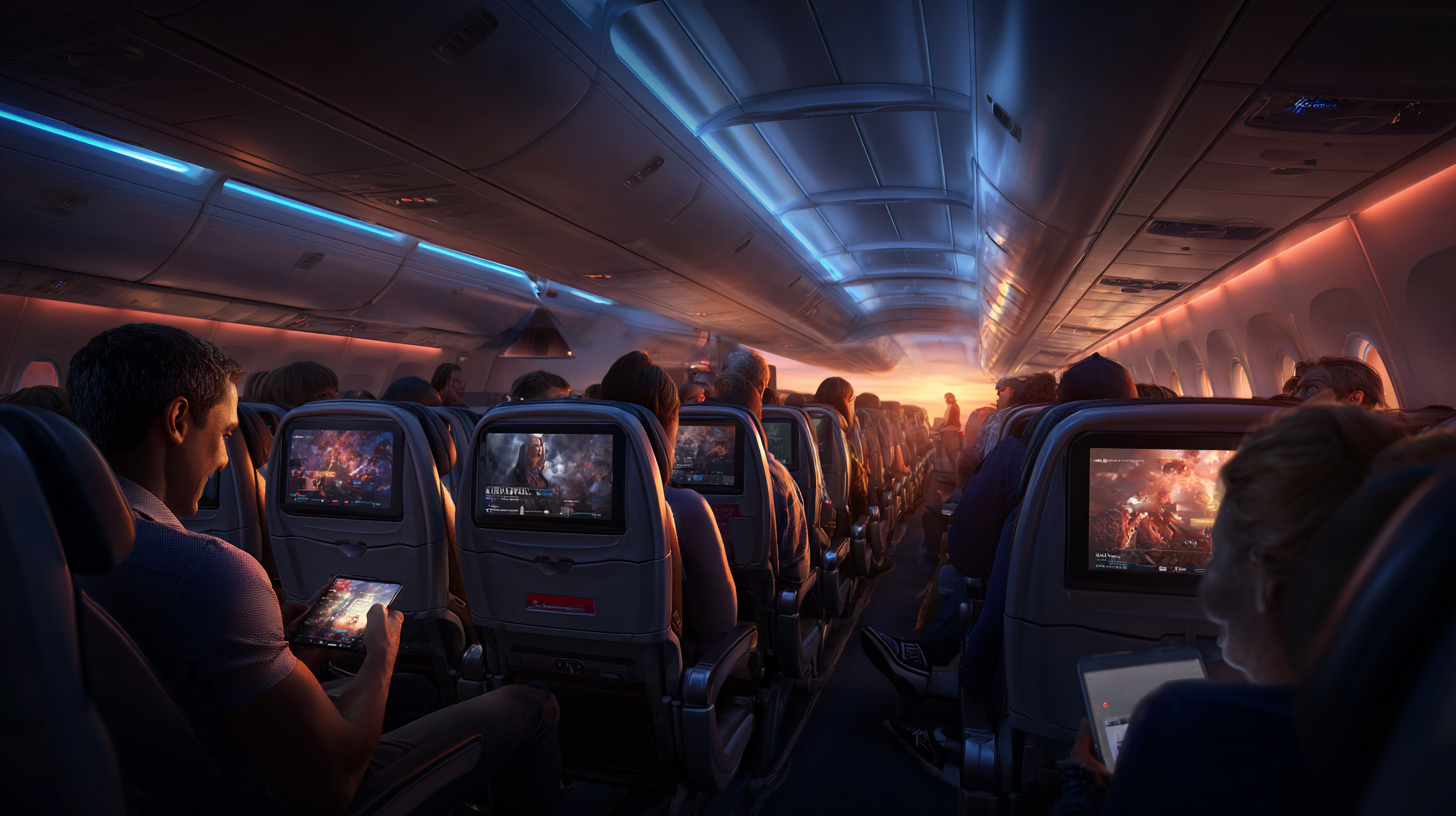
This initiative extends beyond just Wi-Fi. T-Mobile-backed Wi-Fi access and Delta Sync benefits have turned in-flight connectivity into a type of digital ecosystem. In my view, airlines partnering with telecom giants is a smart move—both sides have a vested interest in ensuring seamless service. Notably, Delta’s collaboration with DraftKings could capture the attention of sports fans; I’ve heard countless stories from fliers itching to join fantasy leagues mid-flight. The fact that this partnership focuses on non-monetary gaming keeps it accessible to everyone seeking friendly competition at altitude.
For entertainment junkies, ad-free YouTube content is a highlight. Delta seems to be developing a platform that blends streaming, social media, and live TV offerings into one cohesive experience. According to a 2024 online consumer behavior report, more than 80% of millennials said they value consistent entertainment when selecting an airline. Bringing familiar streaming interfaces onboard answers that demand, making the day-to-day rigors of travel a bit friendlier.
Of course, with great connectivity comes greater data usage, and security needs to be a priority. I’ve noticed Delta emphasizes encryption and data protection across its networks, reassuring passengers that their online activities remain private. This emphasis on trustworthiness in digital services is essential, particularly as travelers increasingly rely on in-flight Wi-Fi for sensitive tasks like mobile banking or confidential email exchanges.
High-Tech Inspirations Beyond Delta
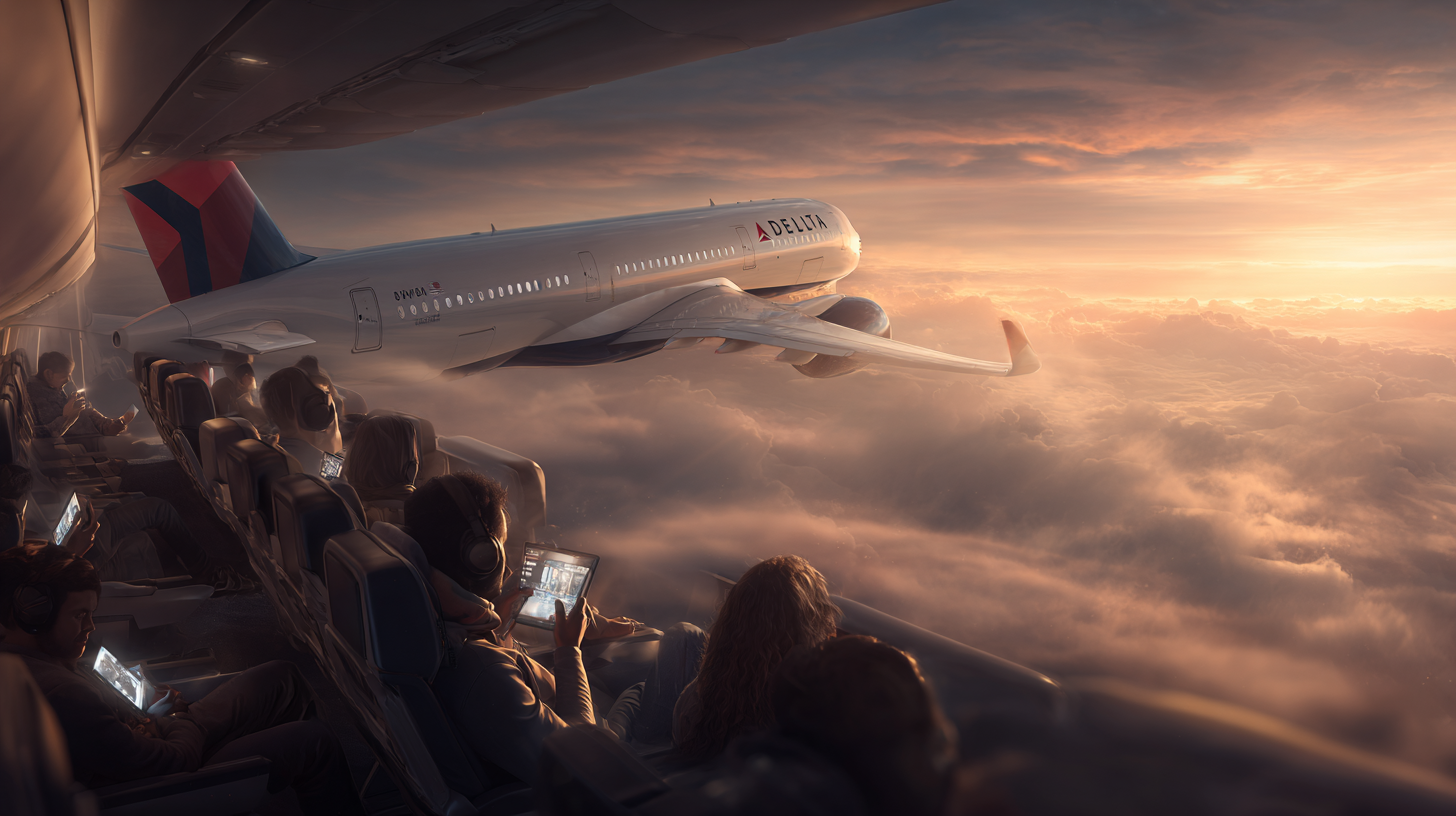
Rivals are taking notice. Qantas, for instance, has announced upgraded connectivity for intercontinental flights, and it wouldn’t surprise me to see more airlines accelerate their own Wi-Fi rollouts to compete for a younger, hyper-connected demographic. For many fliers, the decision of which carrier to choose involves more than just ticket price. Convenience, reliability, and the ability to stay ‘plugged in’ all play a significant role.
Delta’s 200 million-plus annual passengers are set to benefit from these trends in big ways. I’ve seen airline seats evolve from cramped corners with a single overhead screen to personal entertainment hubs offering near-limitless content. Delta is a key example of that transformation, boasting more than 165,000 seatback screens across its fleet and building on the idea that flying should feel as close to that “home streaming experience” as possible.
As we move further into 2025, it’s clear that digital first impressions are everything. Free Wi-Fi aligns with the broader shift in air travel: from a disconnected mode of transportation to a continuous lifestyle experience that spans door to door. Where airlines used to compete on legroom and bag allowances, they now fight over who can replicate all the comforts of home in midair.
Final Thoughts
In a world where the line between work and travel continues to blur, Delta’s decision to invest heavily in free Wi-Fi and onboard technology underscores the industry-wide recognition that connectivity is no longer a luxury—it’s an expectation. I’ve seen how major carriers pivot their strategies around passenger feedback, and Delta’s move seems specifically tailored to meet the evolving demands of purposeful and tech-savvy flyers.
Many of us rely on in-flight time to catch up on neglected tasks, watch that movie we’ve been meaning to see, or simply stay in touch with loved ones. Delta is rightly betting that an airline willing to accommodate these needs is more likely to earn the loyalty of the modern traveler. By focusing on reliable, high-speed Wi-Fi across its geographically diverse fleet, the airline is showing a commitment that goes beyond short-term upgrades. It’s shaping the future of airline tech standards everywhere.
Sky Skylar’s Take
From everything I’ve tracked about airline technology trends, Delta’s free Wi-Fi initiative stands out as that perfect intersection where passenger satisfaction and cutting-edge partnerships meet. I’ve read countless travel hero stories, and it’s always the airlines that leverage tech most effectively that manage to leave a lasting impression.
It feels like the days of crossing our fingers for stable Wi-Fi are nearing an end. Delta is setting a meaningful precedent, and this strategic choice to go all-in on global connectivity might just propel the entire industry into a faster, more connected future.
BoardingArea is where you can find even more insights and tips to plan your next journey.



